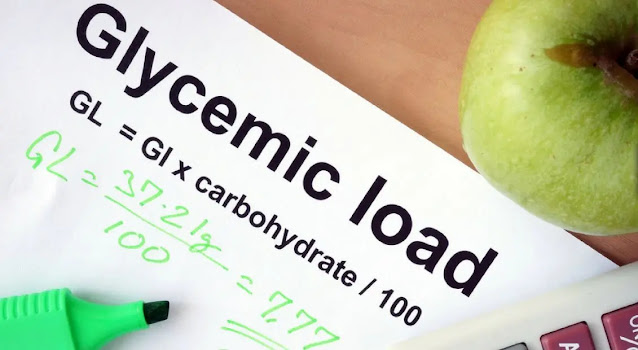The glycemic index chart isn't complex or hard to understand, but like anything else - it can be daunting if you don't understand what the various numbers mean. It was originally conceived so that doctors and their diabetic patients could be on the same page as to what they are eating - it's since been found to be helpful not only to diabetics but for non-diabetics, it's one of the best ways to lose weight! Unfortunately, it can't help you if you don't understand the numbers and what they stand for.
To begin, the glycemic index chart isn't some unconquerable beast. It is truly a tremendous discovery and can help you not only with diabetes...but with weight loss and several general health issues. Get set to learn about something that can change your life.
Numbers rule the glycemic index chart: High, Low, and Everywhere in Between
When you check out the glycemic index chart, you'll notice that it is a series of numbers and foods. Each food has an assigned number ranging from 0 to 100.
When we digest food, our body turns it into glucose (sugar) which enters the bloodstream and goes where it is needed. Foods get digested at varying rates. The faster your body digests something, the faster it enters the bloodstream. This causes a spike in our blood sugar levels.
The numbers on the glycemic index chart indicate how fast a food is digested and how fast your blood sugar will spike. A high number, like 92 means it will happen - fast.
A low number i.e. 18, means that the food takes longer to digest and enter the bloodstream. This is far healthier for many reasons, but is of special benefit if you are diabetic or even just trying to lose weight.
At first reading the glycemic index chart may take a little effort, but understanding comes quickly. On most charts, numbers in the range of 55 to 69 are considered medium. Numbers below 55 are low and numbers above 69 are high.
Various glycemic index charts are a little different, but they all work on the same ideas. Usually they group foods by the type and category, they aren't listed by index number.
What makes some foods lower on the glycemic index chart than others?
Take an idle glance at the glycemic index chart and you'll note that a Snickers bar comes in ranking in the 40's while a bagel is in the 70's! Who would have ever predicted THAT? The chart can be counter intuitive and confusing on several fronts.
Here's why, protein takes longer to digest and enters the bloodstream much more slowly...the Snickers bar is stuffed with protein rich peanuts. Ergo, it takes longer to digest and work it's way into our bloodstream.
Now for a secret glycemic index loophole...It's obvious that eating foods ranked low on the glycemic index chart is better for us, but if you MUST eat a higher ranked food, add in some protein. Add tuna to your white bread, or smear some peanut butter on your apple slices.
It due to the loophole that some foods may seem to have an odd ranking on the glycemic index chart. if you didn't know better, it would appear as nothing but a random list of numbers. It's the proteins and some fats that cause the anomaly.
As mentioned, there are many health benefits to using the glycemic index chart. It helps with general health issues...like heart disease, it controls the blood sugar spikes for diabetics and it will cause excess weight to drop off faster than you would imagine.
Mastering the glycemic index chart is a wonderful step towards health and longevity.
Check out: Original Altai Balance® Best Price - Start Altai Balance Today
What Is Altai Balance™?
Altai Balance is a blood sugar support supplement that uses almost two dozen ingredients to manage the glucose in the body. The formula is safe to use daily, offering the natural support that medications do not. Altai Balance Official Website.






.webp)



.webp)


Social Plugin